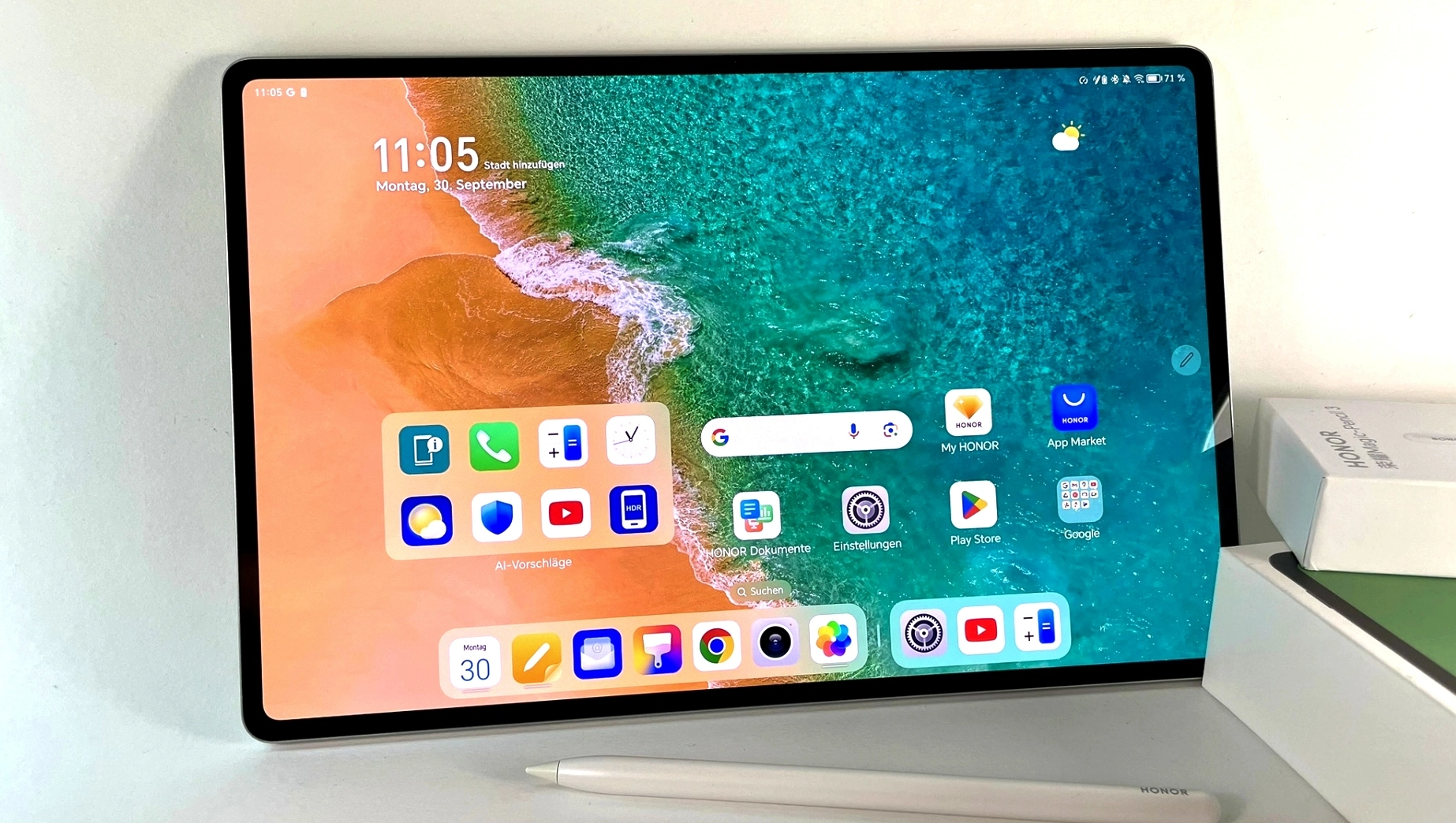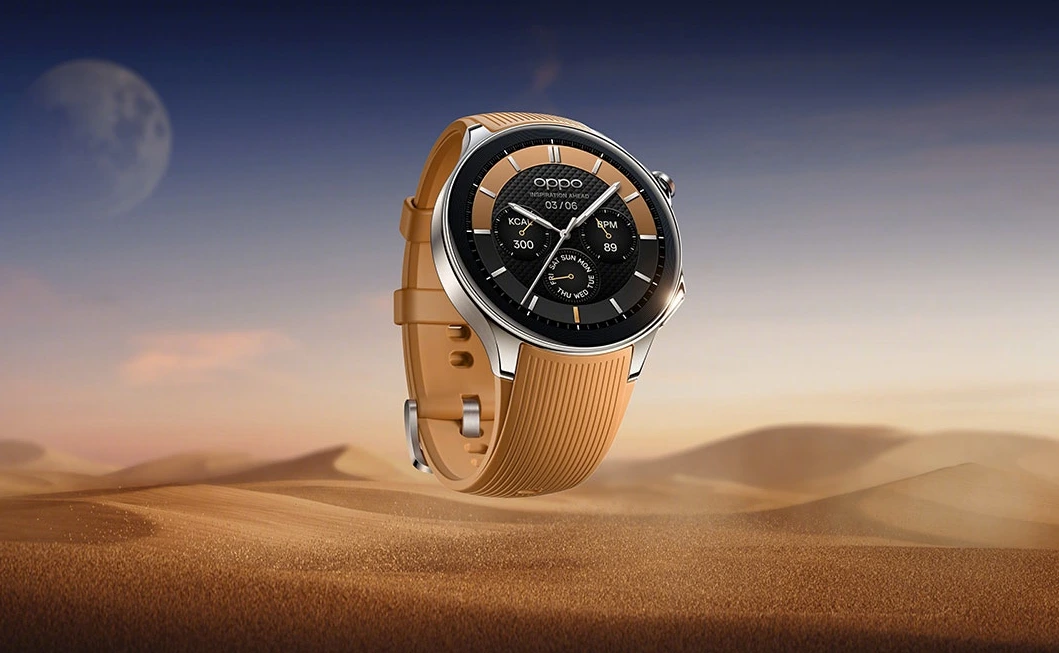High performance for the iPad Air with M2 chip, a tablet with a polished operating system and now with a stunning 13-inch display.
The last iPad Air we reviewed was the fifth generation, the iPad Air with M1 chip, which was one of the best at the time. It made sense: a fast chip, a good screen, unbeatable value for money, and more. Now we have the update in an iPad Air with M2 chip in 11 and 13 inches.
After trying the iPad Pro with the M4 chip and 13-inch screen, I switched to this iPad Air with the M2 chip and also a 13-inch screen.
Same size, but with a chip from two generations ago and a screen that isn’t nanotextured. Have I downgraded to a worse iPad? Should this be the iPad you buy instead of the Pro? Or maybe a regular base iPad?
Here’s what I think after several weeks of using a 13-inch iPad Air, which you can now buy from $699 for 11 inches or from $949 for 13 inches.
It’s exactly what you’d expect: an iPad Air but bigger

I have the 13-inch iPad Air with M2 chip in my hands, not the traditional 11-inch model. In terms of design, absolutely nothing has changed, which is probably good news for Apple design lovers.
If you look at the photos in our review of the iPad Air M1, apart from the larger screen, the only physical change you’ll see is that the Face ID camera is now on the long side instead of the short side. Same speaker grilles, same USB-C connector, same button with Touch ID.
If we said at the time that the iPad Air M1 was a clone of the 4th generation iPad Air, this is a clone of the clone of the clone. And that’s not a bad thing, because the iPad Air’s design is actually good. The edges are large enough to hold it without touching the screen and it’s exactly what you’d expect: bigger.
It’s the same thickness as always, 6.1 millimeters. It even has the same accessories as the previous generation, except now it uses the 13-inch Magic Keyboard for the same size model.
The color of my review unit is purple, but since it’s such a metallic color, depending on the light, it looks more silver than purple.
Connectivity has been improved, now featuring Wi-Fi 6e and Bluetooth 5.3, which, whether you like it or not, improves internet connection performance and Bluetooth connectivity for accessories. In addition, the model I have features 5G connectivity, which, as with the new iPad Pro, means it loses the SIM tray and you can only configure one eSIM.
It is compatible with the new Apple Pencil Pro, as well as the Apple Pencil USB-C. Goodbye to compatibility with the previous first and second generation Apple Pencils (including any AliExpress clones).
The iPad that you can configure as a laptop, but will remain a tablet
The iPad Air screen comes in the traditional 11-inch size, which for me is still the model to buy. But you also have the option of purchasing the 13-inch version. The only difference is the size and that the 13-inch model is 100 nits brighter, going from 500 nits to 600 nits. At practical levels, the difference is almost imperceptible.
As I have the 13-inch model and also have a previous generation 11-inch iPad Pro next to me, I can compare the differences in size and everyday use. For me, size is important, and you should only choose a large screen on a tablet if you’re going to spend more than half your time watching videos. And a 13-inch size is perfect for watching videos.
You should also choose the 13-inch model if you intend to turn it into a laptop by adding a Magic Keyboard. You have more space for windows, although in this case you should adjust the resolution to get extra space in Settings > Display & Brightness > Screen Zoom > More Space.
On the downside, it retains the 60 Hz refresh rate of previous generations. The much-desired 120 Hz is reserved for the Pro models. Not to mention the nanotextured screen.
The sound is more than acceptable, I would say better quality than on an 11-inch iPad Pro, but with four larger speakers it has more space to move air and, therefore, the volume hasn’t changed, they sound slightly better.
You’ll definitely have good audio on video calls, even with your own voice, as it includes voice isolation against background noise.
There’s little to fault with the M2 chip, with performance you’ll enjoy

Considering that we already have the M4 chip in the 2024 iPad Pro, it makes sense for the iPad Air to be upgraded to the M2 chip, which is the same processor used in the previous generation of iPad Pro.
This chip has proven not only great performance, but also excellent power management, which, honestly, is hard to fault. There isn’t a single task it can’t handle, especially considering Apple’s extensive optimization of the operating system by controlling every detail of the software.
And the truth is, there are no surprises here. The performance is identical to that of the previous generation iPad Pro with the M2 chip and the same 8 GB of RAM. Static tests with benchmark programs give us these results (in the case of the iPad Air M2, almost identical to the previous iPad Pro, as you can see).
It’s curious, because the performance is identical considering that it has a new version of iPadOS compared to when we tested the iPad Pro M2. Even so, it still blows my mind how light years ahead Apple’s chips are compared to their competition.
Software is a fundamental part of performance, and with iPadOS 17.5, you get exactly what you expect from an iPad. I know it’s strange to read, and even stranger to write, but this iPad Air is nothing more than the experience of a normal iPad, but bigger.
A decent camera, not excellent, with tracking for video calls
The cameras haven’t changed, which is partly good news because with this iPad Air you can take photos and make video calls; the quality is sufficient for these tasks, but little else. The camera at a normal angle tends to make photos quite grainy, but not so much in ultra-wide angle mode.
This shows that the front Face ID camera, in its “normal” aperture, is really just a cutout.
The good news is that they’ve moved the front camera to the long side of the iPad. This way, you can make video calls in landscape mode without looking at the screen from the front, which was the case in the previous generation and, although minor, was noticeable.
The centered framing is still one of the features that, even though it’s a minor detail, makes me happier on a daily basis. When you’re on a FaceTime call, it’s nice that the camera follows you as you move.
Same battery life as the iPad Pro M4 of the same size

The battery is larger in the 13-inch model, so it has more hours of use… Right? Well, with a 36.59 Wh battery, compared to 28.6 Wh in the previous 11-inch model, I’m surprised by the almost identical battery life of around 8 hours of use.
Keep in mind that my usage is not the same as yours, so battery life may vary depending on who is testing it. I didn’t even use it in the same way as the iPad Pro with M4!
In this case, I used the 13-inch iPad Air more as an iPad for consuming content, especially many hours of video and games, and less for office applications or as a work iPad.
A larger battery doesn’t necessarily mean longer battery life, because you have to take into account that the screen is not only bigger, but also brighter.
It includes a standard 20W Apple charger, which charges the battery to 100% in about 2.5 hours. It’s certainly not the fastest charger, but it’s decent, although it’s about time to opt for a faster charger.
The iPad Air M2 It’s basic but a good option
The 13-inch iPad Air is one of the best large-screen tablets on the market. iPadOS remains such a stable and reliable operating system that Apple’s software alone is half the decision.
I sincerely believe that if you’re looking for a large-screen iPad, you should buy this 13-inch iPad Air over the iPad Pro of the same size. Although the latter has a better screen and processor, very few people will be able to take advantage of the performance offered by the iPad Pro. With this iPad Air, you can edit 4K video with DaVinci Resolve or Final Cut Pro without breaking a sweat, and you can also play the AAA games that are available now and coming soon.
But I have my doubts about the 11-inch model. The 10th-generation iPad costs just over $400 and is enough iPad for most of us for many years to come. The 11th-generation iPad Air only offers support for the Apple Pencil Pro, slightly better performance in high-performance apps or games, and more storage.
If you’re someone who uses their iPad for browsing and watching videos, a few extras like games and office tasks, or even creating content with professional apps, the “normal” iPad is still a better option.




